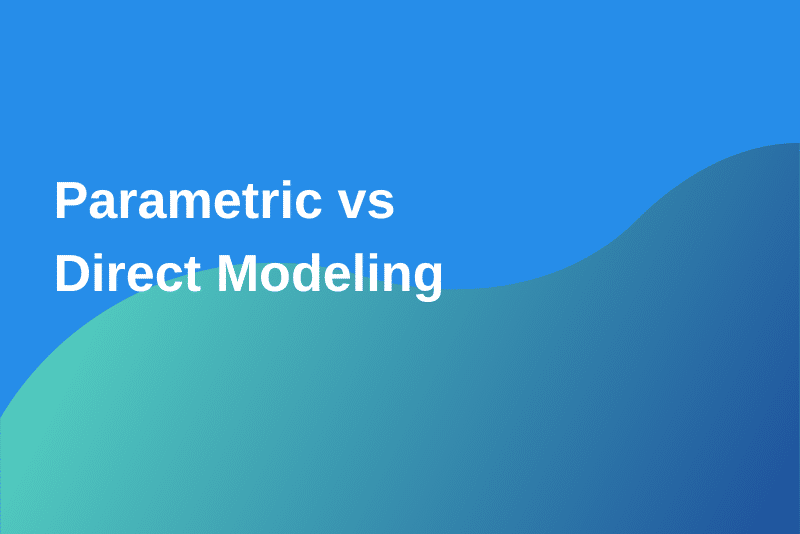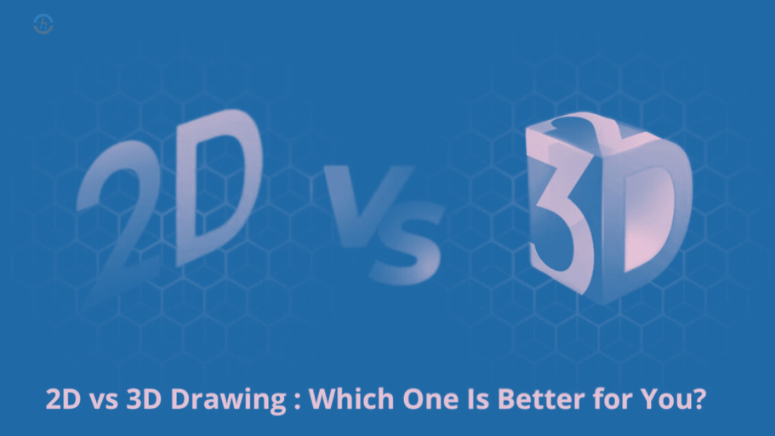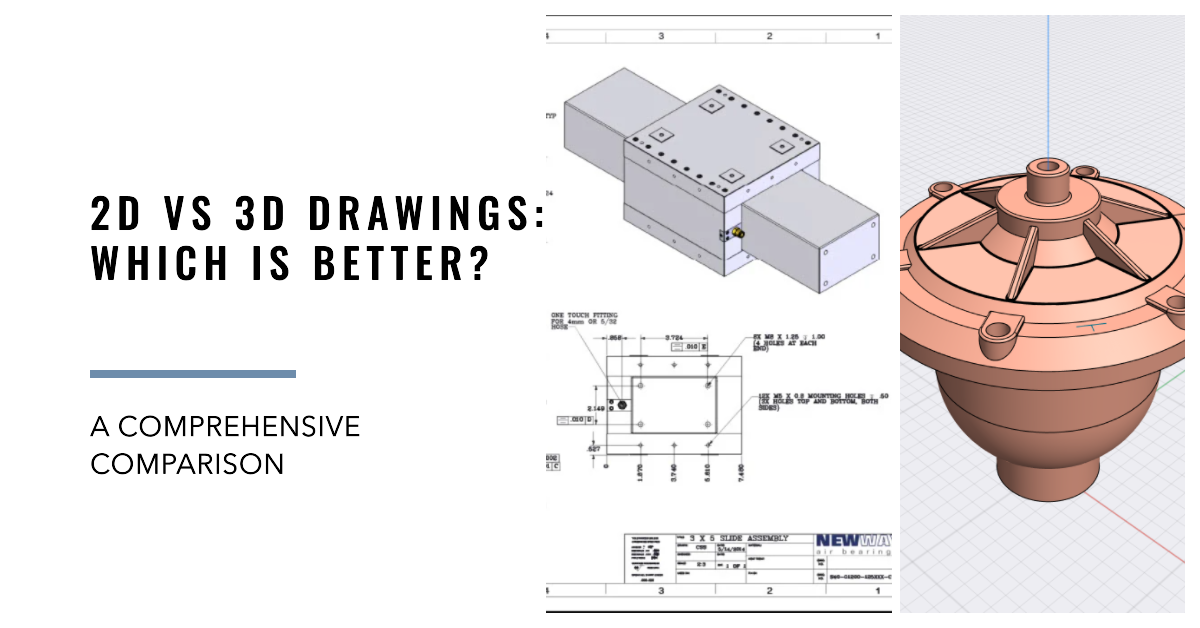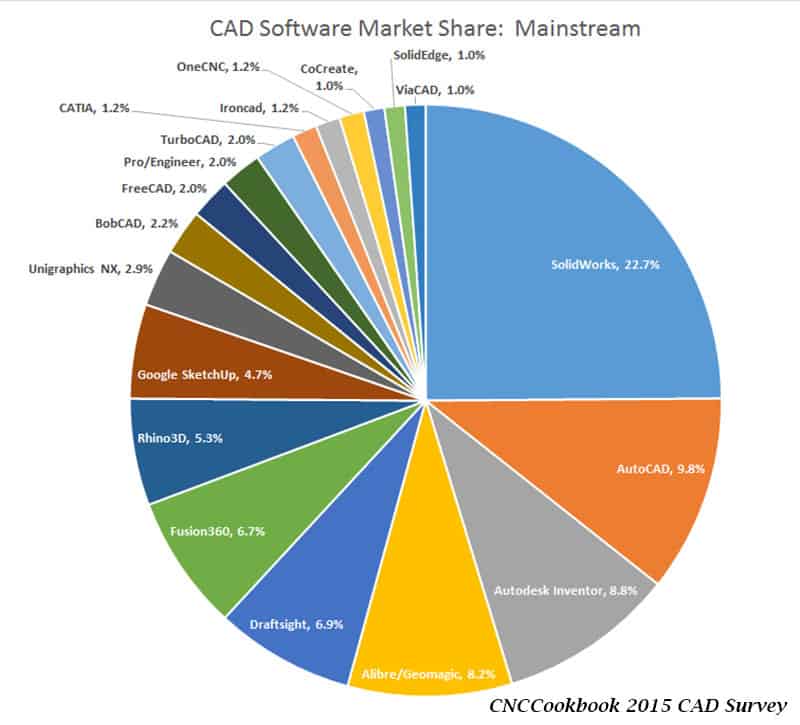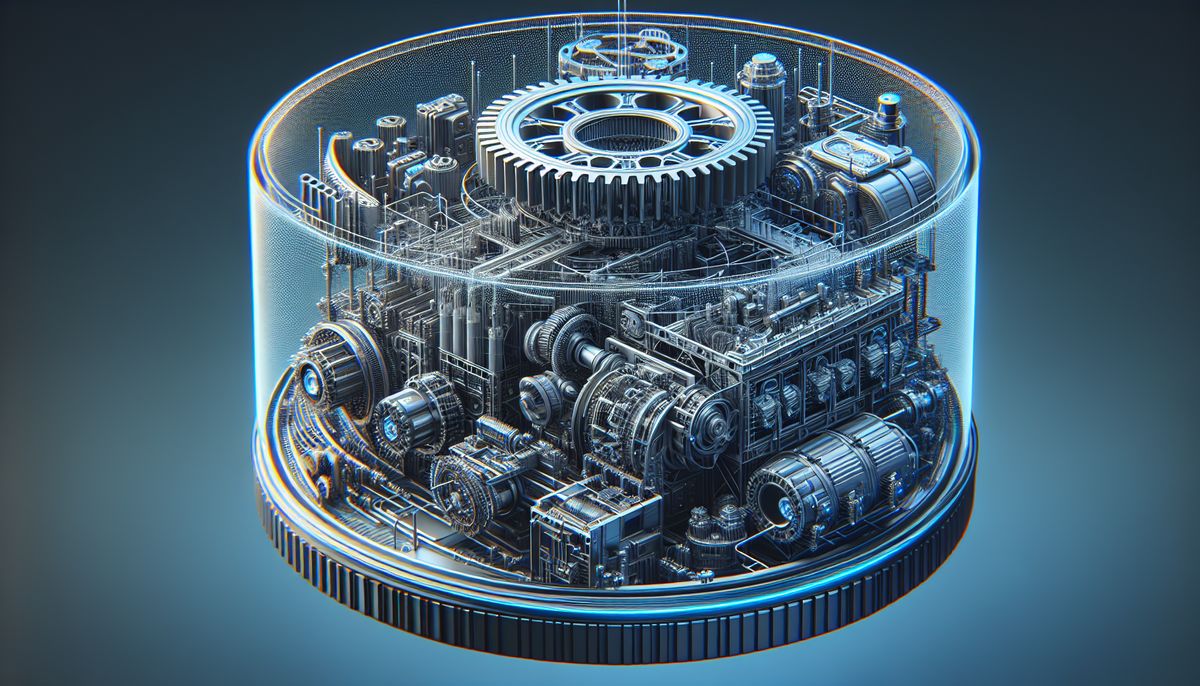Drawing Generation: Parametric Modeling Workflow - One Step Behind AI
In the ever-evolving landscape of design and engineering, the advent of parametric modeling workflows has revolutionized the way we create and generate drawings. With its emphasis on precision, efficiency, and automation, parametric modeling has become a cornerstone of modern design practices. However, as technology continues to advance at a rapid pace, one question looms large: how does parametric modeling stack up against the cutting-edge capabilities of artificial intelligence (AI) in drawing generation?
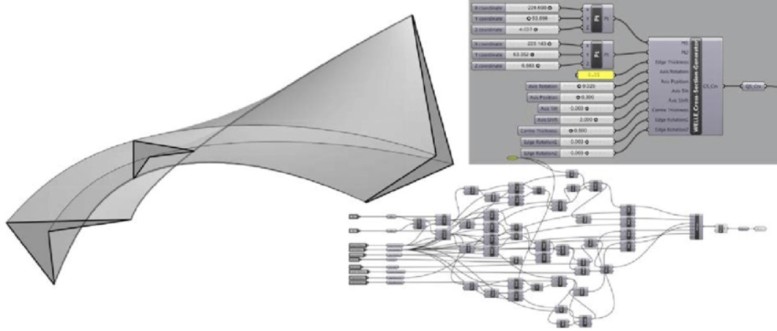
The Power of Parametric Modeling
Parametric modeling workflows empower designers to create digital models by defining mathematical relationships and constraints between geometric elements. By using parameters such as dimensions, angles, and relationships, designers can drive the shape and behavior of the model, enabling rapid iteration and design exploration. With features for parametric sketching, constraint definition, and feature-based modeling, parametric modeling tools offer unparalleled control and efficiency in the design process.
Bridging the Gap: Parametric Modeling and AI
While AI may seem like the next frontier in drawing generation, parametric modeling workflows remain a crucial step in the evolution of design automation. While AI excels in tasks that require pattern recognition and inference, parametric modeling excels in tasks that require precision, control, and systematic manipulation of geometric elements. By combining the strengths of both approaches, designers can leverage the power of AI to automate routine tasks and assist in design exploration, while relying on parametric modeling to ensure accuracy, consistency, and compliance with design constraints.
The integration of parametric modeling with AI represents a paradigm shift in how we approach design automation. This combination allows for intelligent design systems that can learn from existing patterns while maintaining the precision and control that parametric modeling provides. The result is a more efficient, accurate, and innovative design process that leverages the best of both worlds.
The Future of Drawing Generation
As technology continues to advance, the lines between parametric modeling and AI in drawing generation will continue to blur. AI-powered features and algorithms are increasingly being integrated into parametric modeling tools, offering designers new capabilities for automation, optimization, and creativity. By embracing these advancements and staying at the forefront of technology, designers can unlock new opportunities for efficiency, innovation, and competitiveness in a rapidly changing landscape.
Conclusion: Embracing Innovation and Evolution
In conclusion, while parametric modeling workflows may be one step behind AI in drawing generation, they remain an indispensable tool in the designer's arsenal. With its emphasis on precision, control, and efficiency, parametric modeling provides a solid foundation for design automation and optimization. By embracing the capabilities of AI and integrating them into parametric modeling workflows, designers can harness the power of both approaches to unlock new levels of efficiency, creativity, and success in their projects.
As we look to the future, the possibilities are limitless—let's embrace innovation and evolution to shape a brighter tomorrow. The combination of parametric modeling's precision with AI's learning capabilities creates a powerful synergy that will continue to transform the design and engineering landscape for years to come.
You may find that you have been wasting money running regular ads with regular images. 3D configurator-driven ads are often far superior to regular ads and they can give your brand a big leg up over your competition who is advertising in the same space.
Related Articles
Recent Posts
- Deciphering Design: Exploring the Difference between 3D Modeling and Parametric Modeling Workflows
- Drawing Generation: Parametric Modeling Workflow - One Step Behind AI
- Navigating the Shift: Understanding the Difference between 2D Drawing and 3D CAD Workflows
- Speed vs. Precision: Comparing Drawing Generation in 2D Workflows and 3D CAD Workflows
- The 3D CAD Revolution: Why the Market is More Competitive than Ever
- Unlocking the Power of 3D Visualization: Transforming Ideas into Reality
- Unveiling the Power of Digital Assets for Core Engineering Companies
